Wood Stove vs. Fireplace: Which is More Efficient?
- October 26, 2023
- 0 comment
Winters have a unique charm, and there’s nothing quite like basking in the warmth of a crackling fire to make it even cozier. Yet, as a homeowner, the age-old question of efficiency has often left me pondering – which is the superior choice for heating our abodes: the traditional allure of a fireplace or the practicality of a wood stove? After delving into extensive research and drawing from my own first-hand experiences, I’m excited to unveil a comprehensive perspective on this enduring debate.
How the Fireplace and Wood Stove Chimney Works
The functioning of both a fireplace and a wood stove chimney is vital for safety and efficient heating. Essentially, a chimney serves as a vertical channel that directs smoke, combustion byproducts, and excess heat from the heating appliance to the outdoors. For fireplaces and wood stoves, the fundamental principles are the same.
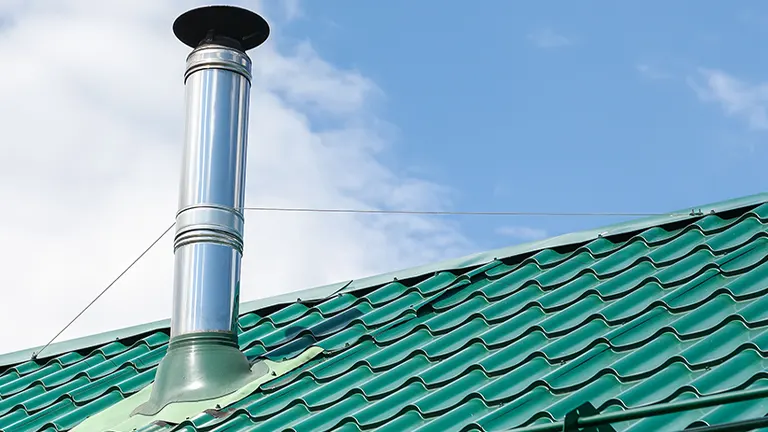
When you light a fire in a fireplace or wood stove, it produces smoke, gases, and hot air. This rising hot air creates a pressure difference within the chimney, causing the smoke and combustion byproducts to be drawn up and out of your home. The chimney also creates a draft, facilitating the flow of fresh air into the firebox, which is necessary for combustion.
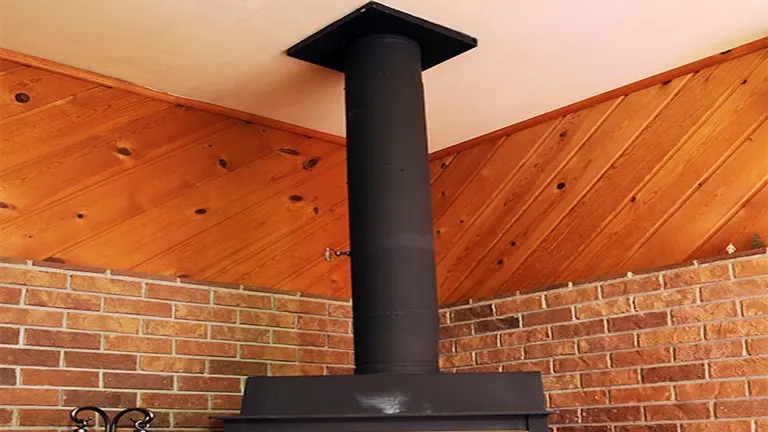
Proper chimney design and construction are critical to ensure this process operates smoothly. Additionally, it’s essential to maintain the chimney to prevent the buildup of creosote, a flammable residue, which can be a fire hazard. Regular cleaning and inspection are crucial to keep the chimney in good working order, ensuring the safe and efficient operation of your fireplace or wood stove.
A Brief History of the Wood Stove and Fireplace
The history of wood stoves and fireplaces is a fascinating journey through time, tracing back to ancient civilizations and evolving into the modern heating solutions we know today. The concept of the fireplace dates back to as early as 4000 BC, with ancient Egyptians and Greeks constructing rudimentary open hearths for cooking and heating. These early fireplaces were often located in the center of the home, serving as both a source of warmth and a focal point for gatherings.
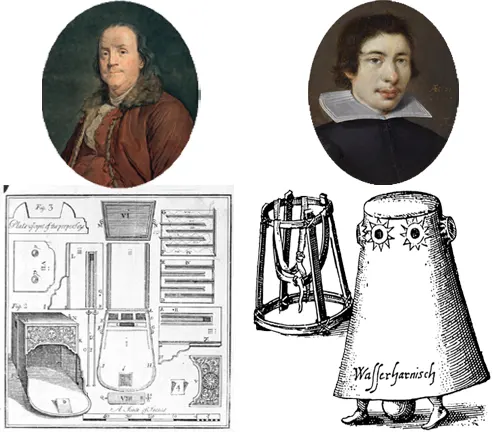
Fast forward to the 16th century, and the wood stove began to make its appearance in Europe. The creation of the cast iron stove is attributed to German inventor Franz Kessler, who designed a box-like structure with a door and flue for improved heat control. This innovation revolutionized home heating, as it was far more efficient than the open fireplace, directing heat into the room and reducing heat loss.
In the United States, the 18th and 19th centuries saw the wood stove’s popularity skyrocket. The renowned Benjamin Franklin, in 1741, designed a cast iron stove known as the “Pennsylvania Fireplace” that greatly improved efficiency and became a staple in American households. As the nation expanded westward, these stoves became essential for warmth in the harsh winters of the frontier.

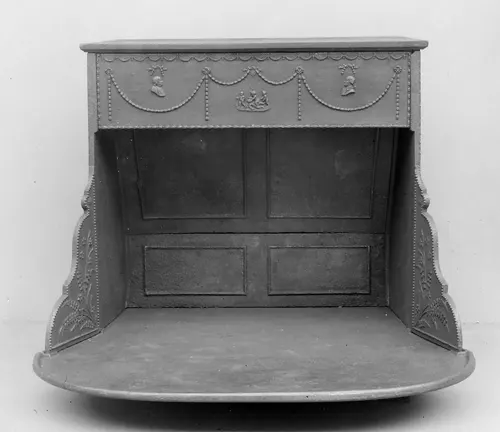
The 20th century brought further advancements, with the introduction of electric and gas heating systems, diverting attention from wood stoves and fireplaces. However, both have maintained their appeal, with modern designs balancing tradition and efficiency. Today, wood stoves and fireplaces continue to offer not only practical heating solutions but also a timeless connection to our ancestral past, keeping the hearth at the heart of the home’s warmth and comfort.
1. Heating Efficiency
Efficiency is undoubtedly the cornerstone of the wood stove vs. fireplace debate. The numbers tell a compelling story: Wood stoves, without a doubt, emerge as the frontrunners in this crucial category. According to authoritative data from the U.S. Department of Energy, wood stoves boast an impressive 70-80% efficiency rating. In simple terms, this means that these stoves convert a substantial proportion of the wood’s energy into the comforting warmth that envelopes your home, ensuring that very little goes to waste.
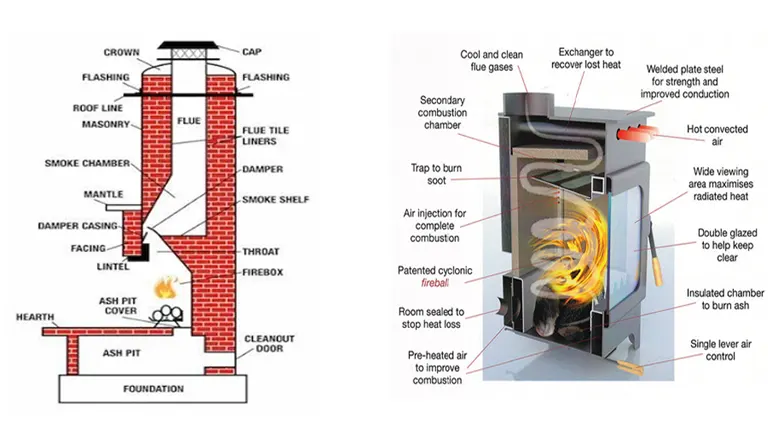
In stark contrast, traditional fireplaces, as picturesque as they may be, lag significantly in the efficiency department, with an average rating of only 5-10%. This stark discrepancy in efficiency underscores a pivotal consideration for homeowners, as it translates to a substantial disparity in the heat output between these two heating options. In the quest for optimal home heating, efficiency becomes the linchpin upon which one must weigh the cozy allure of a fireplace against the practical prowess of a wood stove.
2. Heat Output
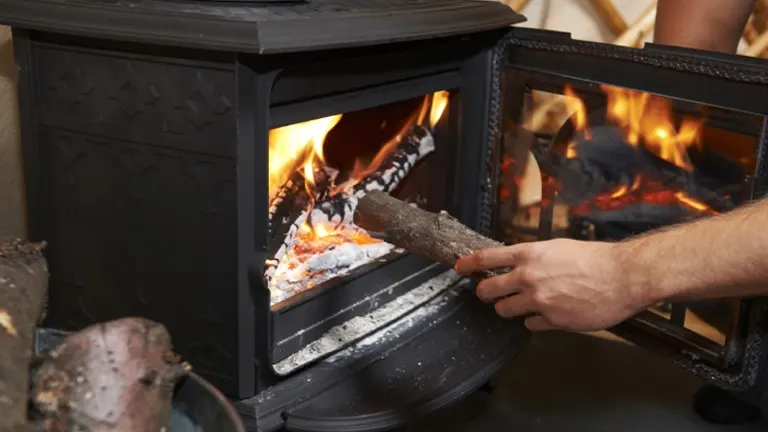
When it comes to heating your space, the wood stove excels at delivering consistent and widespread heat. Its ability to produce a steady output makes it a reliable choice for warming not just one room but an entire house, especially if it’s of moderate size.
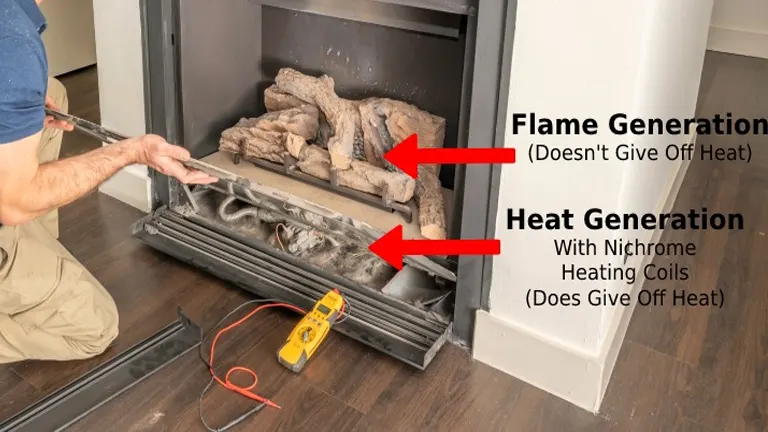
On the other hand, while traditional fireplaces are undeniably charming and create an inviting atmosphere in your living room, they predominantly provide localized heat. The crackling fire’s warmth may fill your immediate vicinity but don’t expect it to extend its embrace to other rooms. Therefore, if you’re seeking an efficient and broad heat source for your home, the wood stove undoubtedly takes the lead.
3. Fuel Efficiency
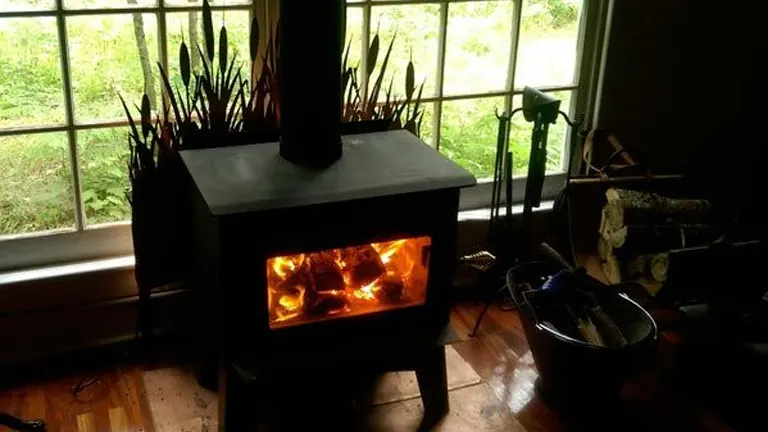
In the battle of wood consumption, wood stoves emerge as the thrifty victors. These ingenious heating devices are masters at maximizing every piece of wood, turning it into a potent source of heat. In contrast, fireplaces are notorious for their voracious appetite for firewood, swiftly depleting your log supply. The result? Constant restocking and, subsequently, increased expenses.
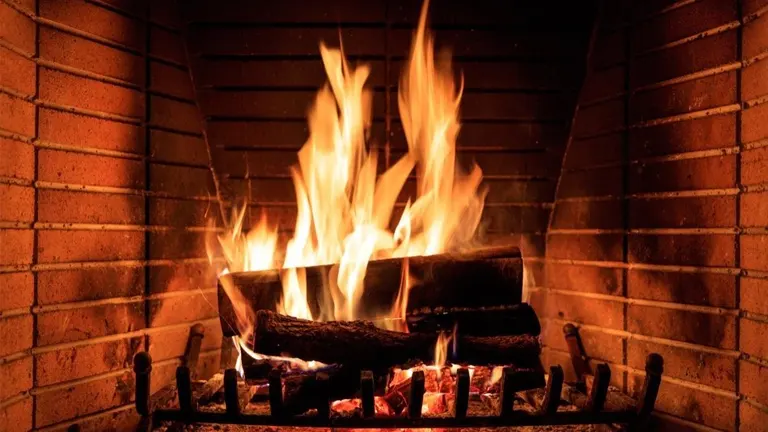
This stark contrast in fuel efficiency not only impacts your wallet but also the environment, as excessive wood burning contributes to deforestation and air quality concerns. Choosing a wood stove over a fireplace translates to fewer trees felled and less time and money spent on obtaining firewood, making it a more eco-conscious and cost-effective choice.
4. Installation and Maintenance
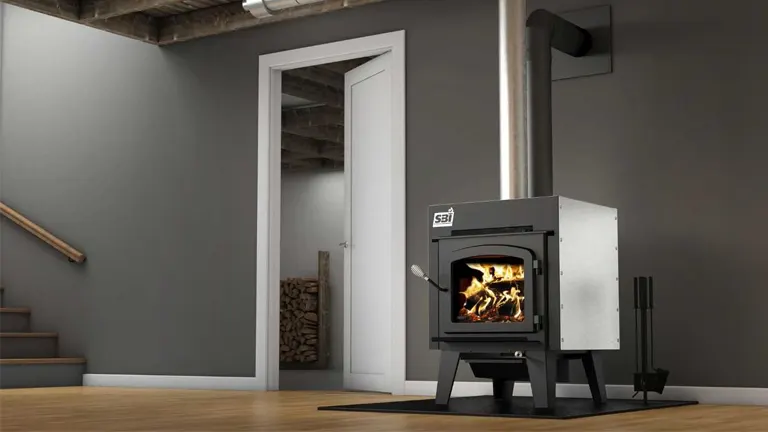
The process of installing and maintaining these heating appliances also diverges significantly. Wood stoves are the hands-down winner when it comes to ease of installation and maintenance. Their compact and self-contained design simplifies the setup process, making it a more accessible option for homeowners. Moreover, maintaining a wood stove involves relatively straightforward tasks.

In contrast, traditional fireplaces, particularly those without the convenience of modern gas or electric inserts, can be more complex to set up and require regular cleaning to prevent the buildup of creosote, a flammable byproduct of wood burning. This additional effort not only elevates the overall cost of ownership but also demands a higher level of diligence to ensure safety. Thus, if you’re looking for a hassle-free and cost-effective heating solution, the wood stove is the way to go.
5. Safety Operation
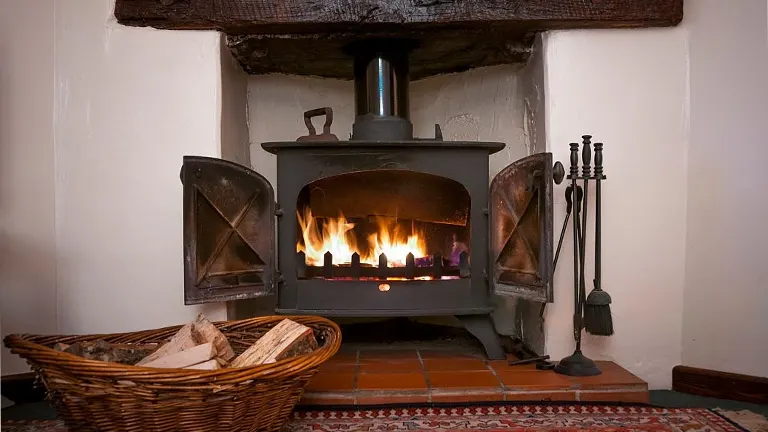
Safety is paramount when it comes to appliances that involve open flames and hot surfaces. Wood stoves have a clear advantage in this category, with their enclosed design and integrated safety features, such as glass doors and spark arresters, significantly reducing the risk of accidents.

In contrast, traditional fireplaces require safety screens to prevent sparks and embers from escaping, and constant supervision is necessary, especially if you have children or pets. Despite their cozy appeal, fireplaces demand a higher level of vigilance and precaution to ensure the safety of your household. For peace of mind and reduced risk, a wood stove stands as the safer option.
6. Aesthetics Design
When it comes to aesthetics, both wood stoves and fireplaces have their unique appeal. Traditional fireplaces undeniably add a charming and rustic touch to any room. The crackling flames and the natural warmth of the burning wood create an inviting ambiance that’s hard to rival. However, it’s worth noting that modern wood stoves have come a long way in the aesthetics department.

They’re available in various designs and finishes, some even mimicking the charm of a fireplace. Whether you lean toward the classic or the contemporary, you can find a wood stove that suits your style, making this a matter of personal preference. So, when it comes to ambiance, it’s more about what suits your home’s décor and your own aesthetic sensibilities.
Cost Capability
The cost factor often plays a pivotal role in the decision-making process for homeowners. While wood stoves may appear to be the pricier option upfront, their long-term cost-effectiveness becomes apparent. The high efficiency and lower wood consumption of wood stoves lead to substantial savings on heating bills over time, making them an economically sound choice.
Traditional fireplaces, on the other hand, can be expensive to install, especially if you don’t have an existing chimney, and they might not provide the same heating benefits. Additionally, the ongoing expense of firewood for a fireplace can add up quickly. Thus, when considering the overall cost of ownership, wood stoves prove to be the more budget-friendly and energy-efficient alternative.
Pros and Cons of Wood Stove and Fireplace
Wood Stove
Pros
- Efficiency: Wood stoves are generally more energy-efficient than traditional open fireplaces. They can radiate heat from all sides and even provide a surface for cooking.
- Space Heating: Wood stoves are excellent for heating specific areas or rooms in a home.
- Cost-effective: Over time, using a wood stove can be more cost-effective than relying on electric or gas heating.
- Ambiance: A wood stove offers a cozy, warm feeling similar to a fireplace.
- Control: It’s easier to control the burn rate and temperature with a wood stove.
- Versatility: Many modern wood stoves come with features like glass doors, allowing users to enjoy the view of the burning wood.
Cons
- Maintenance: Wood stoves require regular cleaning to remove ash and prevent creosote buildup in the chimney.
- Space: They can take up a good amount of floor space and require specific clearances from walls and furniture for safety.
- Installation: Proper installation is crucial and can be more complex than simply having a fireplace.
- Aesthetic Limitation: While wood stoves can be charming, they might not fit the aesthetic desires of everyone, especially those looking for a traditional fireplace look.
Fireplace
Pros
- Ambiance: Nothing beats the ambiance of a roaring fire in an open fireplace. It’s a focal point of the room and adds architectural value.
- Natural Sound: The crackling of wood and the ambiance it provides can’t be duplicated.
- Aesthetics: Fireplaces can be a significant architectural feature in a home, adding to its resale value.
- Larger Fuel Size: Fireplaces can often accommodate larger logs or pieces of wood than stoves.
Cons
- Efficiency: Open fireplaces are often less efficient than wood stoves because a lot of the heat goes up the chimney.
- Maintenance: Fireplaces can produce more creosote than wood stoves, requiring regular chimney cleaning.
- Safety: Open fireplaces can pose a higher risk of house fires if sparks fly out. They also can present dangers to pets and small children.
- Heat Loss: When not in use, a fireplace can be a source of drafts unless sealed properly.
- Fuel Consumption: Due to lower efficiency, fireplaces might consume more wood than a stove to produce the same amount of heat.
Conclusion
In my experience, if you’re looking for efficiency and an effective heat source, a wood stove is the way to go. It’s cost-effective, safe, and versatile. However, if you’re after the ambiance and aesthetic value of a traditional fireplace and don’t mind the trade-offs in terms of heat output and efficiency, then a fireplace may be the right choice for you. Ultimately, the decision comes down to your specific needs and preferences. I would recommend a wood stove for those who want an efficient and powerful heating solution, and a fireplace for those who prioritize ambiance. It’s always a good idea to consult with a professional before making a decision, as they can provide tailored advice based on your home’s layout and heating requirements.
FAQs
- What is the main difference between a wood stove and a fireplace in terms of efficiency?
The main difference lies in their efficiency. Wood stoves are significantly more efficient, typically operating at 70-80%, while traditional fireplaces have an efficiency rating of just 5-10%. - Which option is better for heating an entire house, a wood stove or a fireplace?
A wood stove is more effective for heating an entire house as it provides consistent and widespread heat. Fireplaces, on the other hand, tend to offer localized heat. - How do wood stoves and fireplaces differ in fuel consumption and sustainability?
Wood stoves are more fuel-efficient, requiring less wood to produce heat, which is more sustainable and environmentally friendly compared to fireplaces, which consume wood more rapidly. - Are wood stoves easier to install and maintain than fireplaces?
Yes, wood stoves are generally easier to install and maintain. Their compact design and self-contained nature make installation simpler, and they require less maintenance compared to traditional fireplaces. - What are the safety considerations for wood stoves and fireplaces?
Wood stoves are considered safer due to their enclosed design and safety features, while fireplaces require safety screens and constant supervision to prevent accidents, especially if you have children or pets. - Which option provides better aesthetics for home decor, a wood stove or a fireplace?
Both options offer unique aesthetics. Fireplace provide a classic and cozy ambiance, while modern wood stoves come in various designs, offering flexibility to match your home’s decor. - How do the long-term costs of owning a wood stove compare to those of a fireplace?
While wood stoves may have a higher initial cost, their efficiency and lower wood consumption lead to long-term savings on heating bills. Fireplaces can be costly to install and maintain, making wood stoves a more cost-effective choice over time. - Can you use a wood stove and a fireplace together in the same house?
Yes, it is possible to have both a wood stove and a fireplace in the same houses, depending on your heating and aesthetic preferences. This combination can offer versatility in heating and ambiance. - Do wood stoves or fireplaces produce more emissions and affect indoor air quality?
Traditional fireplaces may produce more emissions and affect indoor air quality due to less efficient combustion. Wood stoves, with their higher efficiency, generally have a smaller environmental impact. - Are there any tax incentives or rebates for installing wood stoves or fireplaces for home heating?
In some regions, there may be tax incentives or rebates for installing energy-efficient wood stoves or fireplaces. It’s advisable to check with local and national authorities to see if any incentives are available in your area.
We’d love to hear from you! Share your personal experiences and thoughts on the Wood Stove vs. Fireplace debate in the comments section below. Your insights could be invaluable for others grappling with this important decision, helping them make informed choices for their homes!

Edward Smith
Forestry AuthorWoodworking is about more than crafting; it's a harmonious connection with nature, mastering tools, and preserving our environment. I'm here to share my knowledge and experiences with you, forging a future where we can embrace wood's beauty and utility while safeguarding our forests' health and diversity.













Leave your comment